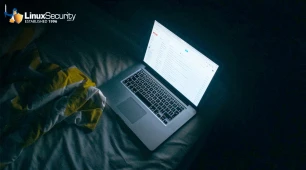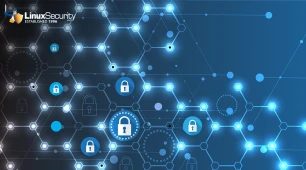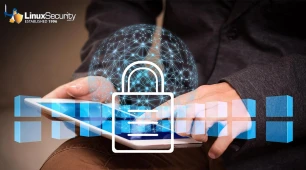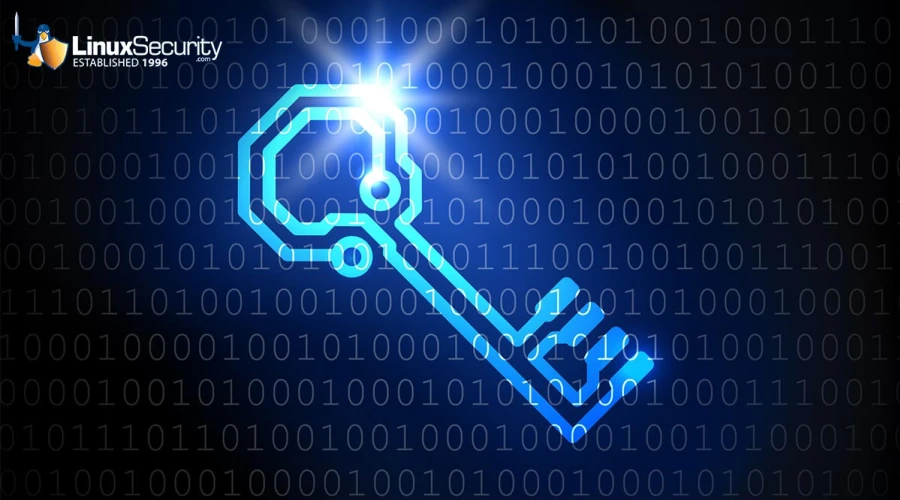
Secure remote connections are essential when managing a Linux server, and one of the most widely used and trusted methods for remote server administration is Secure Shell (SSH). SSH creates a protected channel over an insecure network by encrypting all information shared between the server and client, safeguarding data exchanged between them from potential attackers, eavesdroppers, hijackers, or manipulators of communication streams.
But why is SSH essential for secure Linux remote server connections, and how can we admins maximize its potential? In this article, I'll delve into SSH usage and share best practices for securing SSH. I'll also dispel popular myths regarding security and introduce my top open-source SSH tools, which are available to us all. Are you ready to master SSH for secure Linux remote server connections? Let's get going!
Why Is SSH Essential for a Secure Linux Remote Server Connection?
SSH (Secure Shell) is a protocol for secure remote management and control of systems. It uses encryption of client/server communication, including user credentials. Regarding security, SSH outperforms older methods like Telnet due to its encryption capabilities, which ensure confidentiality and data integrity over unencrypted communication methods like Telnet.
Benefits of SSH for Linux remote server connections include:
- Encryption: Protects data from eavesdropping.
- Authentication: Provides robust authentication mechanisms via public key cryptography.
- Integrity: Data integrity checks prevent alteration during transit.
Understanding SSH Key Types: RSA, DSA, ECDSA, and EdDSA
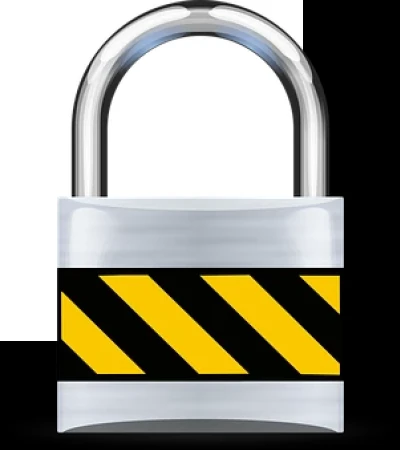 SSH keys come in various types, such as RSA, DSA, ECDSA, and EdDSA, each offering its own characteristics and use cases. RSA keys are widely supported and provide excellent security while being relatively slower to implement; however, DSA keys offer comparable levels but tend to have lower adoption rates due to weaknesses. ECDSA keys using Elliptic Curve algorithms offer shorter and faster options, while EdDSA keys specifically using Ed25519 algorithms are the most modern, secure, and performant of the available key types.
SSH keys come in various types, such as RSA, DSA, ECDSA, and EdDSA, each offering its own characteristics and use cases. RSA keys are widely supported and provide excellent security while being relatively slower to implement; however, DSA keys offer comparable levels but tend to have lower adoption rates due to weaknesses. ECDSA keys using Elliptic Curve algorithms offer shorter and faster options, while EdDSA keys specifically using Ed25519 algorithms are the most modern, secure, and performant of the available key types.
Comparing the benefits and drawbacks of different key types, RSA keys balance security and speed but may become slower when more security is necessary. Due to security concerns, DSA keys have limited storage capabilities at 1024 bits and are not recommended. ECDSA keys offer shorter keys with faster operations and increased security, while EdDSA keys, with their superior performance, are considered an ideal solution.
EdDSA, specifically its Ed25519 variant, is widely considered to provide an optimal balance of high security, performance, and future-proof cryptographic strength.
Best Practices for Securing SSH
When using SSH for secure remote access, following certain best practices to maximize security is essential. One such practice involves disabling root login. This prevents attackers from gaining root access and protects the most privileged account from unauthorized use. Furthermore, changing from Port 22 to another port, such as 2222, can obscure SSH access while decreasing automated attacks targeting its default port 22.
Strong passwords and cryptographic keys with robust algorithms help protect authentication mechanisms against brute force attacks and other forms of compromise. Disabling password authentication in favor of public key authentication enhances security further. Two-factor authentication (2FA) provides additional layers of protection, combining something you know (password) and something you own (mobile device or hardware tokens for creating one-time passwords). Mobile apps like Google Authenticator, Authy, or hardware tokens can generate one-time passwords in two separate ways.
It is crucial to remember that cloud servers require additional SSH security measures. Utilizing security groups to whitelist IP addresses allows control over who can connect via SSH, thus reducing the attack surface by only permitting trusted sources to connect. Automated incident response tools offered by cloud service providers allow real-time monitoring and responding to suspicious activities, thus decreasing the time attackers have to exploit vulnerabilities. Regular key rotation can ensure compromised keys are revoked immediately while protecting access control system integrity.
What Are the Top Misunderstandings & Misconceptions about SSH Security?
Numerous misconceptions and misapprehensions surrounding SSH security can create vulnerabilities if not adequately addressed. One such belief is the assumption that password authentication alone provides sufficient protection. In reality, public key authentication offers much more robust protection from unauthorized access. Another misperception is assuming SSH default configurations provide adequate security. Instead, it's important to tailor them precisely according to individual needs to maximize system protection against possible attacks.
Debunking these misconceptions underscores the significance of adopting more secure practices. Public key authentication provides more robust and practical protection but must be implemented correctly to reap its full benefits. Likewise, using default ports for SSH connections may pose risks as automated attacks target these ports more often. Switching up ports frequently used for computerized attacks to non-standard ports makes it more difficult for attackers to locate and exploit SSH services. Asserting and clarifying misconceptions related to SSH security is paramount for enhancing SSH security while protecting systems against potential threats.
Top 4 Open Source SSH Remote Monitoring and Management (RMM) Tools for Enhanced Security
 SSH Remote Monitoring and Management (RMM) tools are pivotal in maintaining server health and assuring SSH security. They offer visibility into server performance, identify anomalies quickly, and ensure server uptime, all essential aspects of proactive SSH security measures. Among my top open-source RMM tools for SSH security are fail2ban, Zabbix, Icinga, and Checkmk.
SSH Remote Monitoring and Management (RMM) tools are pivotal in maintaining server health and assuring SSH security. They offer visibility into server performance, identify anomalies quickly, and ensure server uptime, all essential aspects of proactive SSH security measures. Among my top open-source RMM tools for SSH security are fail2ban, Zabbix, Icinga, and Checkmk.
Fail2Ban is an open-source software tool developed to safeguard Linux systems against brute-force attacks by tracking log files for suspicious patterns that indicate potential security breaches. Suppose it detects too many failed login attempts from a particular IP address or suspicious activities from that IP. In that case, the firewall updates its rules to temporarily or permanently block that IP. This boosts security for services like SSH, FTP, and web servers.
Zabbix provides a comprehensive monitoring solution for networks and applications, offering metrics on server health and alert services. Zabbix can efficiently monitor SSH service availability and performance while detecting unusual SSH activities and providing alert services, making it the ideal tool for SSH remote monitoring and management.
Icinga is a scalable system that monitors network resources while alerting users of potential issues. It tracks SSH login attempts and user activities to provide insights into possible security breaches, ultimately improving SSH security through informed monitoring.
Checkmk is a powerful monitoring tool boasting broad compatibility and extensive features. It enables organizations to closely monitor SSH-related services and performance metrics and address any anomalies quickly—an effective way to manage SSH security.
Organizations can significantly expand their capacity for effective surveillance management of their SSH infrastructure by employing such tools.
What RMM tools are you using to monitor SSH? Which ones should we add here? Reach out to us on X @lnxsec and let us know!
Final Thoughts on Mastering SSH to Improve Linux Server Security
SSH is essential for secure server management over remote connections. It provides robust keys and configures servers securely. Employing additional measures like 2FA can enhance its security posture significantly. Utilizing RMM tools like Zabbix, Icinga, or Checkmk helps ensure the SSH service remains secure and operational while offering continuous monitoring and alert capabilities.
I highly recommend implementing the above recommendations to protect SSH services and your Linux server. Mastering the principles and best practices I've shared here will prepare you to secure remote server connections while effectively managing your Linux infrastructure.













